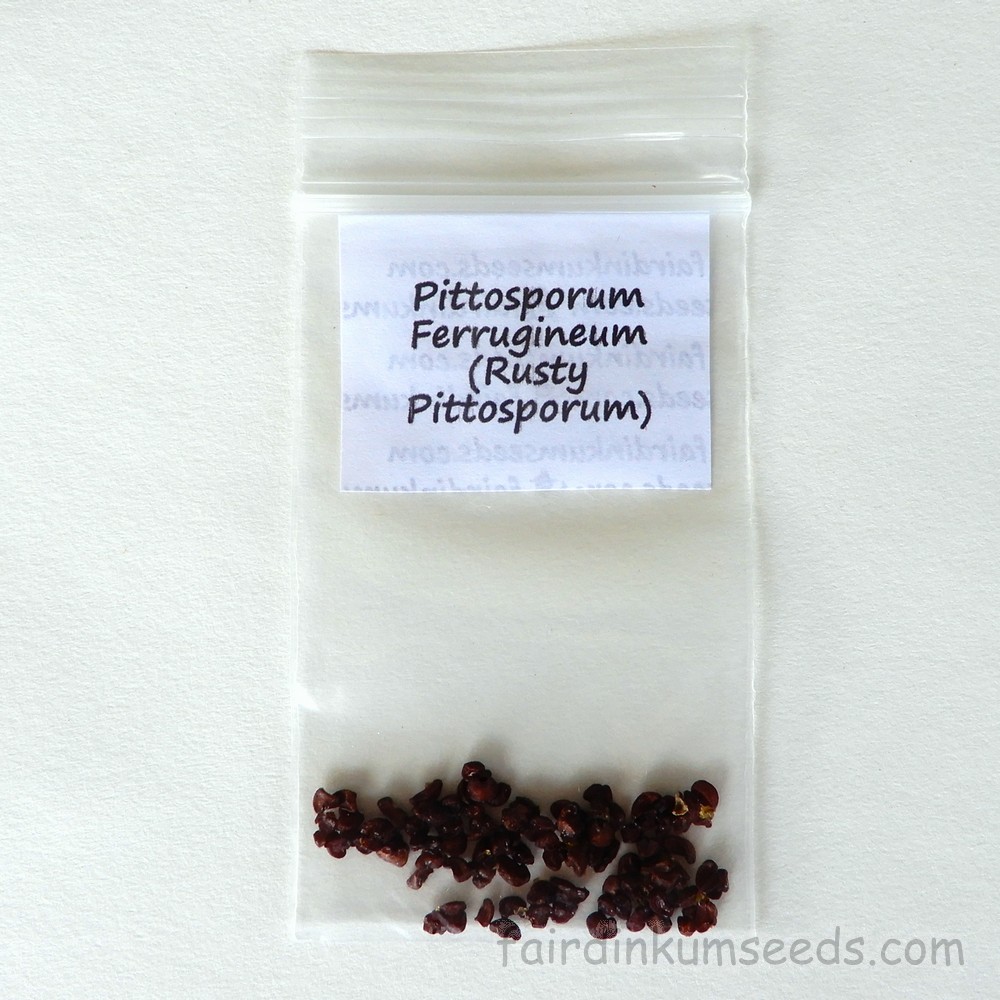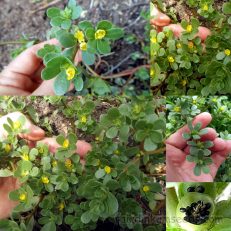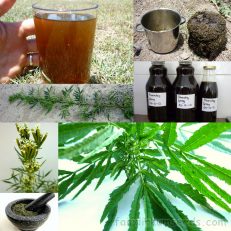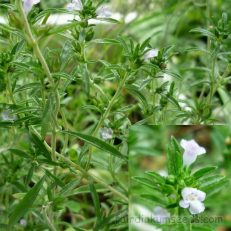Please read text!
Pittosporum Ferrugineum Cheesewood Seeds
Packet of 50+ freshly harvested, waxy red coated seeds!
The seeds themselves are coated is a sticky resinous coating that protects them from insect attack and also prevents accidental germination.
It also means the seeds stick to the feet of birds and larger insects like moths who may carry them considerable distances from the mother trees.
This waxy coating needs to be washed off and removed for germination to occur and in the wild this may take years.
For the home gardener you have a couple options.
1. Just plant as is and wait, understanding that it may take a while.
For me a couple popped in a couple weeks but the rest took a heavy wet season and nearly a year to pop. I got 80% germination over all, but spread over a very long time.
I recommend this method, but yeah, takes a while…
2. This is the method the CSIRO used in a study I was reading. Add seeds to a jar, add a squirt of dishwashing liquid, little water, shake the heck out of them and leave to soak over night.
The next day the seeds are dried and then they can be planted as per normal.
With this method I only got 40% germination in 1-3months and none after that.
3. Get a small handful of fine bone dry sand.
Soak the seeds in water over night to soften the waxy red coating. Drain the seeds, add to the sand and really rub the heck out of them with your hands.
Handful of seeds and sand mix, rub hands together with the aim of slight abrasion of the seeds, and complete removal of the sticky resinous protective coating.
Once completely clean and evenly mixed throughout the sand I mixed it into a large pot of soil mix and watered well. <6weeks later I had 80% germination and for me this is the clear winner.
Please note that without complete removal of the sticky red coating the seeds will just sit dormant indefinitely.
I have no control over that bit, and if you are having dramas germinating them then this is the reason why.
No refunds on this fella for that reason.
The seeds are super fresh and viable, and they will store in a cool dry place for years as long as the coating is left intact.
Why bother?
It’s a cool looking Australian native plant found in the Northern territory to Queensland, and it makes a great alternative to the much more common weedy relative Sweet Pittosporum, P. undulatum.
It is also native to Indonesia, Philippines, the Solomon Islands, New Guinea and other parts of SE-Asia where it is used as an ornamental and as a medicine.
For toothache the bark was pressed into tooth cavities for pain relief, and small amounts of the bark juice was dripped into the nose for the treatment of enlarged spleen or stomach ache.
In cases of poisoning larger amounts were cooked and mixed with ash and green vegetables and this has strong purgative effects, causing vomiting and expulsion of the poison.
It provides a lot of food for the critters as it flowers and sets seeds prolifically, and it is very hardy.
I know a spot here locally where there is a little clump clinging to life in just a couple cm of topsoil, sitting directly on top of the old concrete road.
Apparently the the leaves were used traditionally as a poultice for malaria or fever and I can confirm the leaves and fruit do make an effective fish poison, binding up the oxygen, forcing them to the surface where they can be scooped or speared with ease.(only do this in an emergency or on private lands and waters).
It’s easy to grow in my experience and it really looks cool with the orange fruit and bright red seeds.
Wild harvested sustainably by me and the Mrs, no chems, no nasties, no problems!





